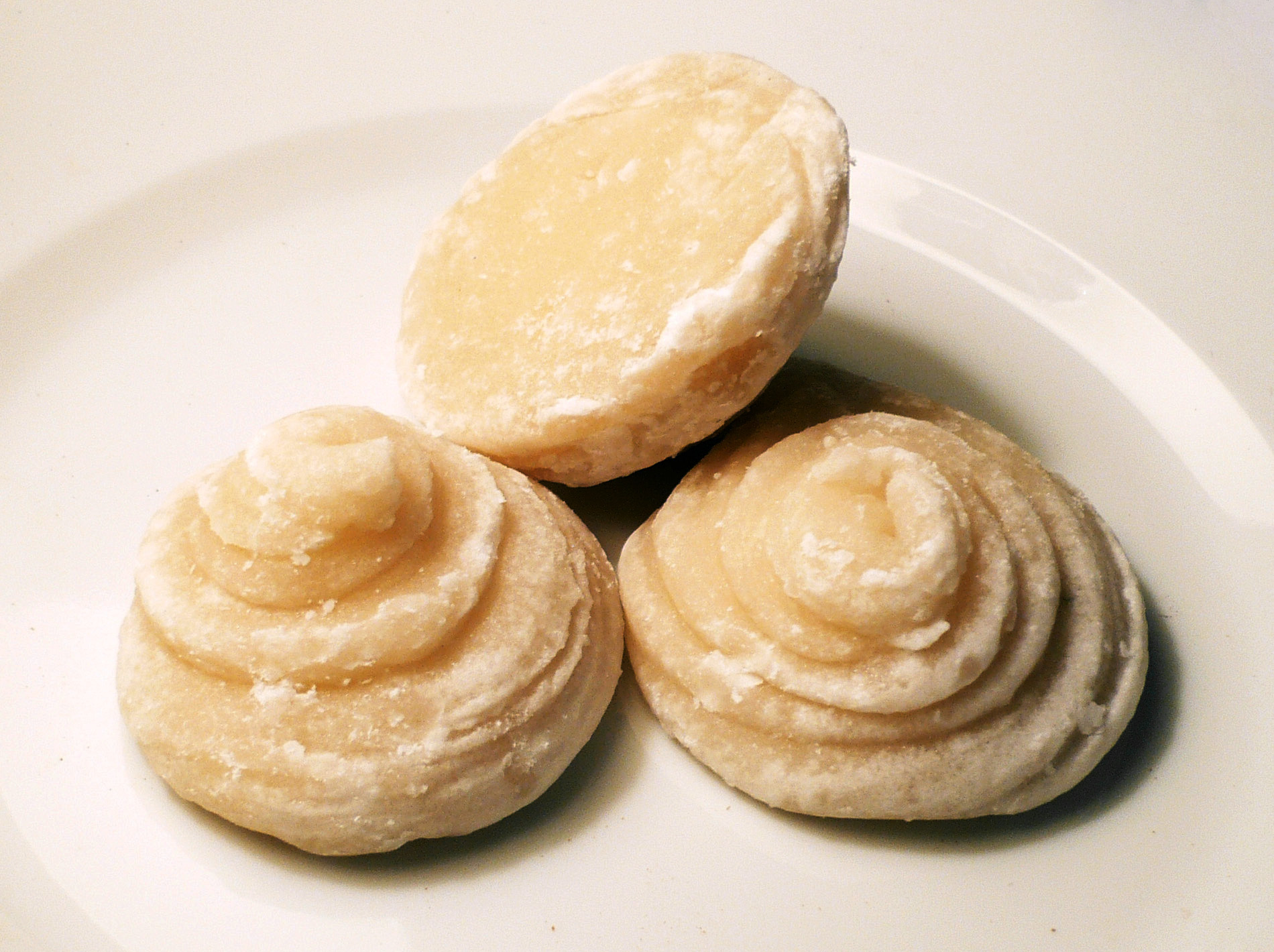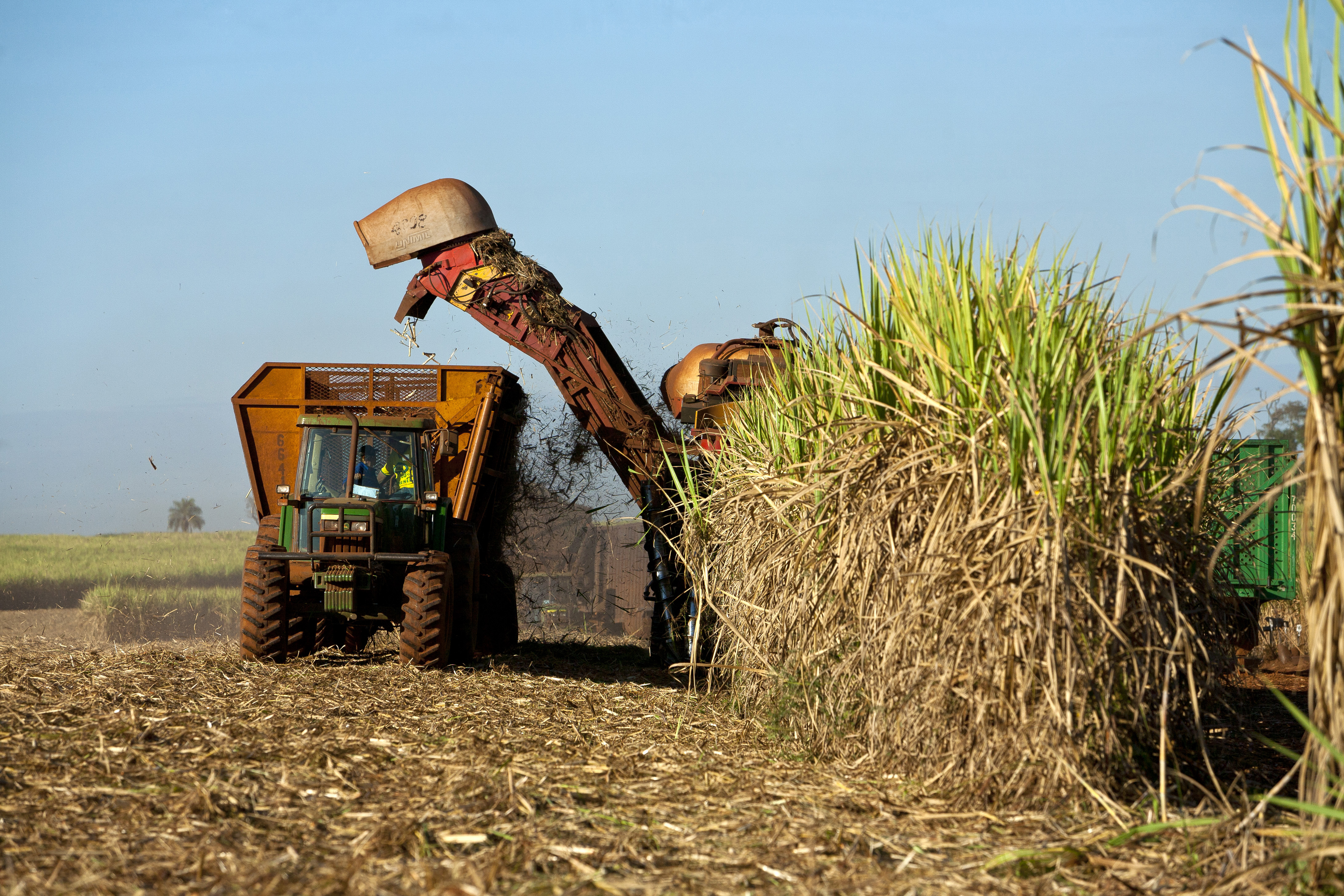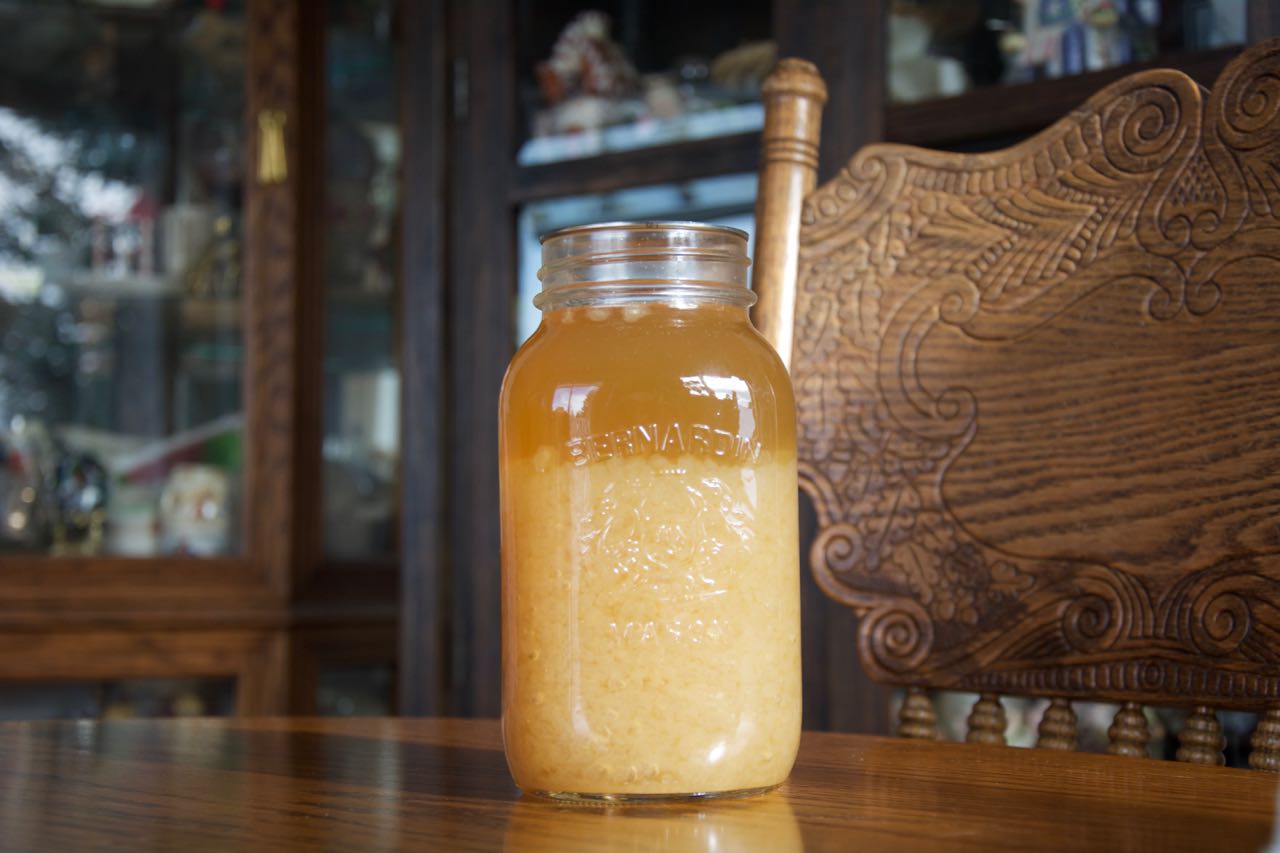|
Toddy Palm
Toddy palm is a common name for several species of palms used to produce palm wine, palm sugar and jaggery. Species so used and named include: *''Arenga pinnata'', the areng palm *''Borassus flabellifer'', the palmyra palm *''Caryota'', the fishtail palms *''Cocos nucifera'', the coconut *''Nypa fruticans'', the nipa palm See also *Sugar palm Sugar palm is a common name for several species of palms used to produce sugar. :Species used include: *''Arenga pinnata'' (syn. ''A. saccharifera'') *''Borassus flabellifer'' *'' Caryota'' :*'' Caryota urens'' *''Cocos nucifera'' See also * Tod ... {{Plant common name Fermented drinks Edible palms Tree tapping Non-timber forest products ... [...More Info...] [...Related Items...] OR: [Wikipedia] [Google] [Baidu] |
Palm Wine
Palm wine, known by several #Names, local names, is an alcoholic beverage created from the sap of various species of palm trees such as the Borassus, palmyra, date palms, and coconut palms. It is known by various names in different regions and is common in various parts of Africa, the Caribbean, South America, South Asia, Southeast Asia, and Micronesia. The word "toddy" traces back to the Proto-Dravidian language, Proto-Dravidian root "''tāẓ-'' (DED number: 3180)," which means palmyra/toddy palm and gave rise to forms like "tāḍi" or "tāṭi" in Telugu language, Telugu, Gondi language, Gondi, and Kolami, Kolami-Gadba; "tāri" or "tāḷi" in Kannada and Tulu language, Tulu. The Sanskrit word "tāḍi," which refers to an extract from palm trees, is a loanword from Dravidian. Palm wine production by smallholders and individual farmers may promote conservation as palm trees become a source of regular household income that may economically be worth more than the value of tim ... [...More Info...] [...Related Items...] OR: [Wikipedia] [Google] [Baidu] |
Palm Sugar
Palm sugar is a sweetener derived from any variety of palm tree. Palm sugar may be qualified by the type of palm, as in coconut palm sugar. While sugars from different palms may have slightly different compositions, all are processed similarly and can be used interchangeably. Types The predominant sources of palm sugar are the Palmyra, date, nipa, aren, and coconut palms. The Palmyra palm (''Borassus'' spp.) is grown in Africa, Asia, and New Guinea. The tree has many uses, such as thatching, hatmaking, timber, a writing material, and in food products. Palm sugar is produced from sap (toddy) from the flowers. There are two species of date palm that produce palm sugar: ''Phoenix dactylifera'' and '' P. sylvestris''. ''P. dactylifera'' is common in the Mediterranean and Middle East, while ''P. sylvestris'' is native to Asia, mainly Pakistan and India. Date palms are cultivated mainly for dates and palm sugar is made from the tree's sap. The nipa palm ('' Nypa fru ... [...More Info...] [...Related Items...] OR: [Wikipedia] [Google] [Baidu] |
Jaggery
Jaggery is a List of unrefined sweeteners, traditional non-centrifugal cane sugar consumed in the Indian subcontinent, Southeast Asia, North America, Central America, Brazil and Africa. It is a concentrated product of Sugarcane juice, cane juice and often Date (fruit), date or Arecaceae, palm plant sap, sap without separation of the molasses and crystals, and can vary from golden brown to dark brown in colour. It contains up to 50% sucrose, up to 20% invert sugars, and up to 20% moisture, with the remainder made up of other insoluble matter, such as wood ash, proteins, and bagasse fibres. Jaggery is very similar to muscovado, an important sweetener in Portuguese cuisine, Portuguese, British cuisine, British and French cuisine. Etymology Jaggery comes from Portuguese terms , , borrowed from Malayalam (), which is borrowed from Sanskrit (). It is a wikt:Appendix:Glossary#doublet, doublet of wikt:sugar#English, sugar. Origins and production Jaggery is made of the products o ... [...More Info...] [...Related Items...] OR: [Wikipedia] [Google] [Baidu] |
Arenga Pinnata
''Arenga pinnata'' (syn. ''Arenga saccharifera'') is an economically important feather palm native to tropical Asia, from eastern India east to Malaysia, Indonesia, and the Philippines The Philippines, officially the Republic of the Philippines, is an Archipelagic state, archipelagic country in Southeast Asia. Located in the western Pacific Ocean, it consists of List of islands of the Philippines, 7,641 islands, with a tot ... in the east. Common names include sugar palm, areng palm (also aren palm or arengga palm), black sugar palm, and kaong palm, among other names. Description It is a medium-sized palm, growing to tall, with the trunk remaining covered by the rough old leaf bases. The leaves are long and broad, pinnate, with the pinnae in 1–6 rows, long and broad. The fruit is subglobose, diameter, green maturing black. The palm is remarkable in two ways; first it is fast growing. One at the conservatory of the New York Botanic Garden grew to a height of in ... [...More Info...] [...Related Items...] OR: [Wikipedia] [Google] [Baidu] |
Borassus Flabellifer
''Borassus flabellifer'', commonly known as doub palm, palmyra palm, tala or tal palm, toddy palm, lontar palm, wine palm, or ice apple, is a fan palm native to South Asia (especially in Bangladesh, East India, and South India) and Southeast Asia. It is reportedly naturalized in Socotra. Description ''Borassus flabellifer'' is a robust tree and can reach a height of . The trunk is grey, robust, and ringed with leaf scars; old leaves remain attached to the trunk for several years before falling cleanly. The leaves are fan-shaped, and long, with robust black teeth on the Petiole (botany), petiole margins. Like all ''Borassus'' species, ''B. flabellifer'' is Dioecy (plant), dioecious with male and female flowers on separate plants. But very rarely male and female flowers in same trees have also been noticed The male flowers are less than long and form semi-circular clusters, which are hidden beneath scale-like bracts within the catkin-like inflorescences. In contrast, the female ... [...More Info...] [...Related Items...] OR: [Wikipedia] [Google] [Baidu] |
Caryota
''Caryota'' is a genus of palm trees. They are often known as fishtail palms because of the shape of their leaves. There are about 13 species native to Asia (China, India, Indonesia, etc.), northern Australia, and the South Pacific. One of the more widely known species is '' Caryota urens'', the flowers of which are used to make one type of jaggery (an unrefined sugar), and also to make palm wine. '' Caryota mitis'' is native to Indochina, but has become an invasive introduced species in the US state of Florida. They are also one of the few Arecaceae with bipinnate foliage. Many grow in mountainous areas and are adapted to warm mediterranean climates as well as subtropical and tropical climates.Govaerts, R. & Dransfield, J. (2005). World Checklist of Palms: 1-223. The Board of Trustees of the Royal Botanic Gardens, Kew. Fishtail palms contain raphides. Species Gallery File:Fishtail palm.JPG, Fishtail palm at Bhopal File:Fishtail palm1.JPG, Fishtail palm at Bhopal B ... [...More Info...] [...Related Items...] OR: [Wikipedia] [Google] [Baidu] |
Cocos Nucifera
The coconut tree (''Cocos nucifera'') is a member of the palm tree family (Arecaceae) and the only living species of the genus ''Cocos''. The term "coconut" (or the archaic "cocoanut") can refer to the whole coconut palm, the seed, or the fruit, which botanically is a drupe, not a nut. Originally native to Central Indo-Pacific, they are now ubiquitous in coastal tropical regions and are a cultural icon of the tropics. The coconut tree provides food, fuel, cosmetics, folk medicine and building materials, among many other uses. The inner flesh of the mature seed, as well as the coconut milk extracted from it, forms a regular part of the diets of many people in the tropics and subtropics. Coconuts are distinct from other fruits because their endosperm contains a large quantity of an almost clear liquid, called "coconut water" or "coconut juice". Mature, ripe coconuts can be used as edible seeds, or processed for oil and plant milk from the flesh, charcoal from the hard shell ... [...More Info...] [...Related Items...] OR: [Wikipedia] [Google] [Baidu] |
Nypa Fruticans
''Nypa fruticans'', commonly known as the nipa palm (or simply nipa, from ) or mangrove palm, is a species of palm native to the coastlines and estuarine habitats of the Indian and Pacific Oceans. It is the only palm considered adapted to the mangrove biome. The genus ''Nypa'' and the subfamily Nypoideae are monotypic taxa because this species is their only member. Description Unlike most palms, the nipa palm's trunk grows beneath the ground; only the leaves and flower stalk grow upwards above the surface. The leaves extend up to in height. The flowers are a globular inflorescence of female flowers at the tip with catkin-like red or yellow male flowers on the lower branches. The flower produces woody nuts arranged in a globular cluster up to across on a single stalk. The infructescence can weigh as much as sixty-six pounds (thirty kg). The fruit is globular made of many seed segments, each seed has a fibrous husk covering the endosperm that allows it to float. The sta ... [...More Info...] [...Related Items...] OR: [Wikipedia] [Google] [Baidu] |
Sugar Palm
*
{{Plant common name ...
Sugar palm is a common name for several species of palms used to produce sugar. :Species used include: *''Arenga pinnata'' (syn. ''A. saccharifera'') *''Borassus flabellifer'' *'' Caryota'' :*'' Caryota urens'' *''Cocos nucifera'' See also * Toddy palm *Palm sugar Palm sugar is a sweetener derived from any variety of palm tree. Palm sugar may be qualified by the type of palm, as in coconut palm sugar. While sugars from different palms may have slightly different compositions, all are processed simila ... [...More Info...] [...Related Items...] OR: [Wikipedia] [Google] [Baidu] |
Fermented Drinks
This is a list of fermented foods, which are foods produced or preserved by the action of microorganisms. In this context, Fermentation in food processing, fermentation typically refers to the fermentation of sugar to ethanol, alcohol using yeast, but other fermentation processes involve the use of bacteria such as lactobacillus, including the making of foods such as yogurt and sauerkraut. Many fermented foods are Mass production, mass-produced using industrial fermentation processes. The science of fermentation is known as zymology. Many pickling, pickled or souring, soured foods are fermented as part of the pickling or souring process, but many are simply processed with brine, vinegar, or another acid such as lemon juice. __TOC__ Fermented foods Fermented beans and seeds Fermented cheeses Most cheeses are fermented as part of their production. Fermented condiments Fermented creams and yogurts Fermented grains and grain-based foods Fermented fru ... [...More Info...] [...Related Items...] OR: [Wikipedia] [Google] [Baidu] |
Edible Palms
An edible item is any item that is safe for humans to eat. "Edible" is differentiated from " eatable" because it does not indicate how an item tastes, only whether it is fit to be eaten. Nonpoisonous items found in nature – such as some mushrooms, insects, seaweed, and so forth – are referred to as edible. Processed items that normally are not ingested but are specially manufactured to be so, like edible underwear or edible packaging, are also labeled as edible. Edible items in nature Humans eat thousands of plant species; there may be as many as 75,000 edible species of angiosperms, of which perhaps 7,000 are often eaten. Edible plants found in nature include flowers, seeds, berries, seaweed, and cacti. Being able to identify the versions of these plants that are safe to eat is an important survival skill. Some fungi, including certain types of mushrooms, are also edible. Many animals are also edible, including domesticated livestock as well as wild insects, amphib ... [...More Info...] [...Related Items...] OR: [Wikipedia] [Google] [Baidu] |
Tree Tapping
In botany, a tree is a perennial plant with an elongated stem, or trunk, usually supporting branches and leaves. In some usages, the definition of a tree may be narrower, e.g., including only woody plants with secondary growth, only plants that are usable as lumber, or only plants above a specified height. But wider definitions include taller palms, tree ferns, bananas, and bamboos. Trees are not a monophyletic taxonomic group but consist of a wide variety of plant species that have independently evolved a trunk and branches as a way to tower above other plants to compete for sunlight. The majority of tree species are angiosperms or hardwoods; of the rest, many are gymnosperms or softwoods. Trees tend to be long-lived, some trees reaching several thousand years old. Trees evolved around 400 million years ago, and it is estimated that there are around three trillion mature trees in the world currently. A tree typically has many secondary branches supported clear o ... [...More Info...] [...Related Items...] OR: [Wikipedia] [Google] [Baidu] |









